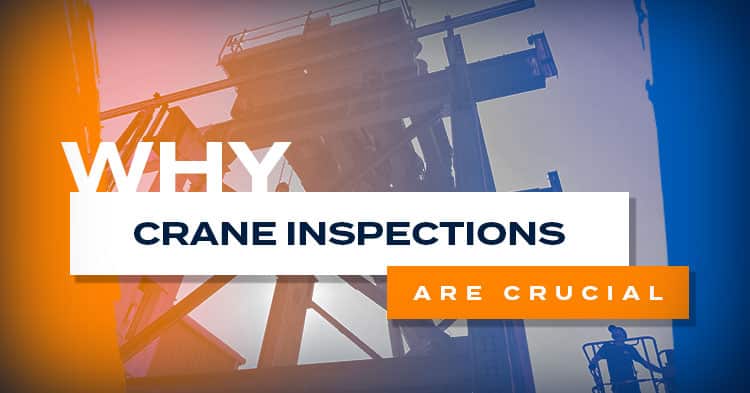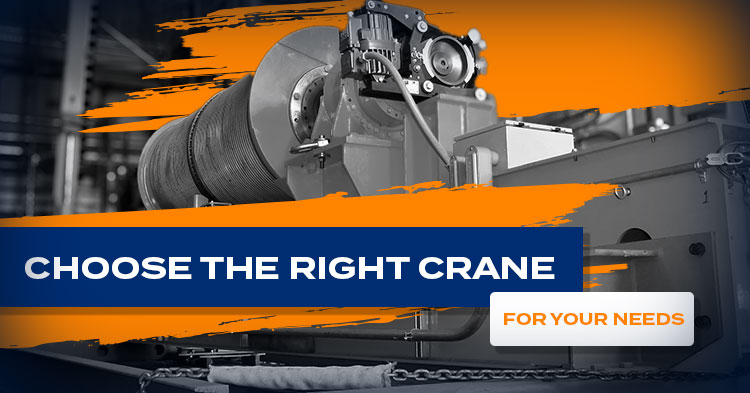
by Lauren Longo | Jul 4, 2024 | Critical Lift, Industry News, Manufacturers, Outdoor Crane Applications, Overhead Equipment
Safety is a main concern on any job site. At American Crane & Equipment Corporation, we understand the importance of maintaining the highest safety standards to protect your team and equipment. According to the Occupational Health and Safety Administration (OSHA),...

by Lauren Longo | Jul 2, 2024 | Critical Lift, Industry News, Manufacturers, News and Events Post, Overhead Equipment
Selecting the right crane for your needs can be a complex and time-consuming task. With a variety of cranes and hoists available on the market, understanding the key factors that influence your decision is crucial. Here are six essential considerations to help you...
by Michele Kienle | Jun 30, 2015 | Featured Products, News and Events Post, Preventing Warehouse Accidents, Preventing Workplace Emergencies
When you have an aerospace critical lift that could impact your project or the environment, it’s doubly important to follow all the proper procedures for safety and compliance. Many people are unsure of the exact legal requirements and the best way to ensure...




